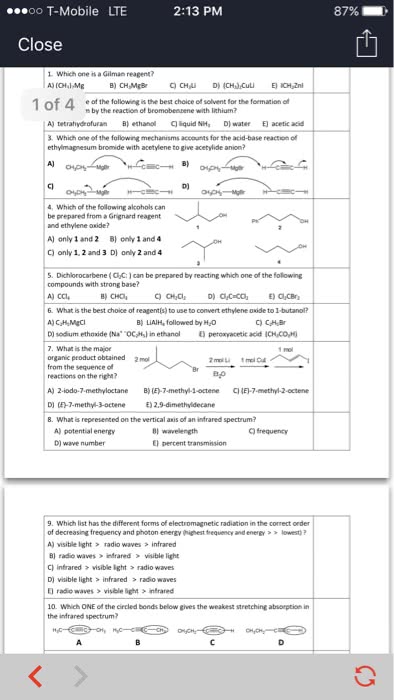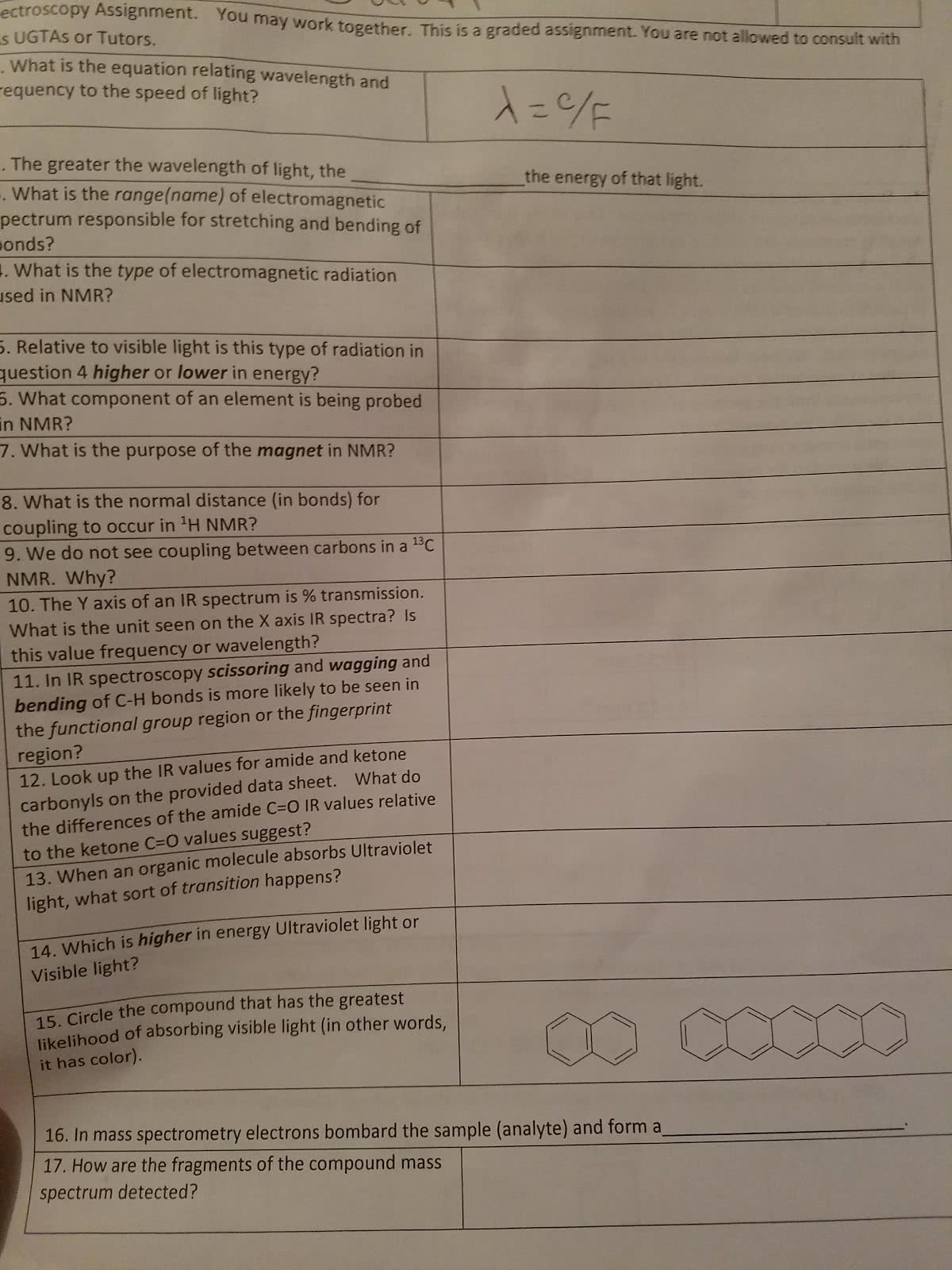CHEM 101 Lecture Notes - Lecture 3: Werner Heisenberg, Radiant Energy, Hmu Language
Document Summary
Lecture 3: chapter 2: atomic structure and periodicity. Wavelength is the distance between identical point on a successive wave. Amplitude is the vertical distance from the midline of a wave to the crest or trough. Frequency is the number of waves that pass through a particular point in 1 sec (hz=1 cycle/sec) the speed of the wave = wavelength * frequency. Maxwell proposed that visible light consists of electromagnetic waves. Electromagnetic radiation is the emission and transmission of energy in the form of electromagnetic waves. As the wavelength gets smaller, the frequency gets larger; frequency and wavelength have an inverse relationship (as frequency gets bigger, so does the energy) When solids are heated, they emit electromagnetic radiation of a wide range of wavelengths. Radiant energy emitted by an object at a certain temperature depends on its wavelength. Energy is emitted or absorbed in discrete units (quantum) Light has both wave nature and particle nature.



